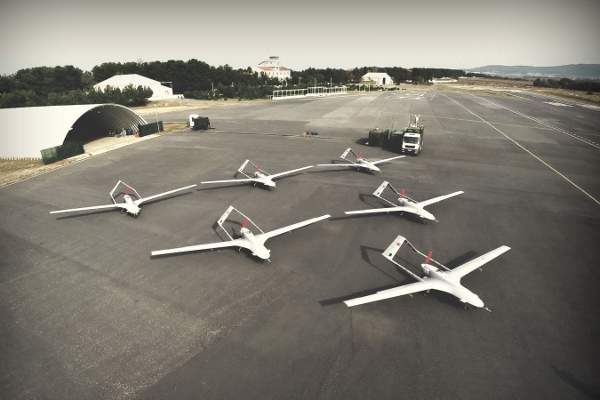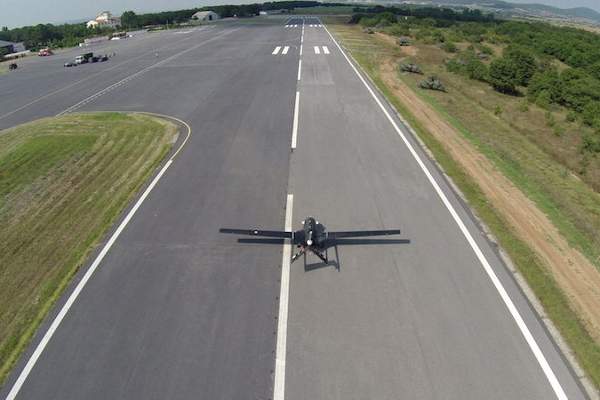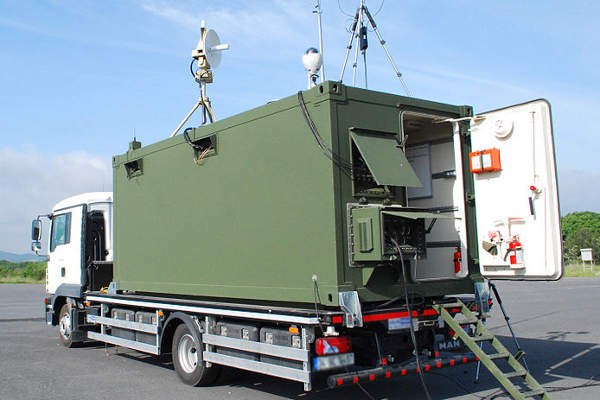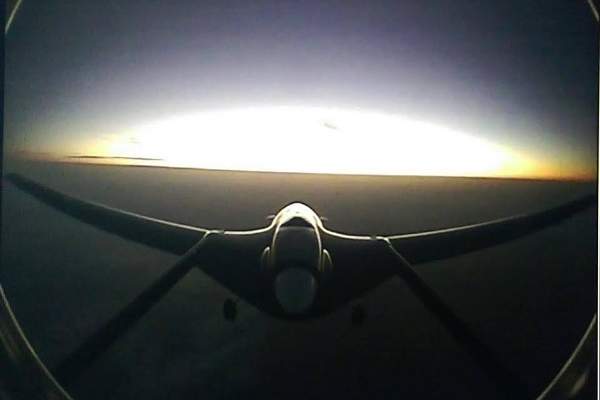The medium-altitude, long-endurance Bayraktar tactical unmanned aerial system (UAS) is developed by a joint venture between Kale Group and Baykar Makina to meet the surveillance and reconnaissance requirements of the Turkish Land Forces. It was unveiled at the IDEF exhibition held in Istanbul in May 2011.
The UAS was selected by the Turkish Land Forces Command in 2010 and the contract was signed in November 2011. The preliminary design phase was completed in May 2012. The unmanned air vehicle successfully completed its first fully automatic flight test in April 2014. The second and third tests were conducted in May 2014.
The Bayraktar tactical UAS with full payload onboard reached an altitude of 27,030ft during a flight test in June 2014. The Undersecretariat for Defence Industries of Turkey (SSM) carried out a fully autonomous flight test of the UAS at Kesan Airport in August 2014. The drone flew at an altitude of 18,000ft for up to 23 hours and 30 minutes during the 24-hour endurance flight test.
The Turkish Land Forces Command completed acceptance activities of six Bayraktar tactical airframes and two ground control stations in November 2014.
Bayraktar UAS design and features
The indigenously designed Bayraktar tactical UAS features a modular composite structure built using carbon fibre and Kevlar with epoxy resins. It is equipped with sandwich structure wings and tails. The advanced sensor fusion techniques allow the UAS to perform fully autonomous taxi, take-off, landing and parking.
The UAS is attached with retractable nose landing gear and fixed rear landing gear. It is 6.5m long and has a wingspan of 12m. The maximum take-off weight of the UAS is 630kg and the payload carrying capacity is more than 55kg.
The flight-tolerant sensor architecture of the tactical drone offers high performance. The UAS is fitted with a triple-redundant flight control system, mission control computer unit, air data terminal systems, tail camera unit, video link system, modern non-linear control systems, command and control software, engine control and monitoring system, lithium-based smart battery, magnetometer unit and triple-redundant pitot-static system including heated pitot tubes. It also incorporates redundant power systems and servo actuators.
The triple-redundant avionics including inertial navigation system (INS) and global positioning systems (GPS) provide greater reliability and improved navigation.
Payloads attached to Bayraktar aerial system
The Bayraktar tactical UAV is attached with electro-optical (EO) and infrared (IR) imaging camera modules for capturing high-resolution imagery and video in real-time. The UAS carries a laser designator and a laser pointer to designate the targets. A laser range finder is also fitted to provide accurate distance measurements.
Ground control system
The tactical unmanned system and its payloads are controlled by a portable ground control system integrating Nato Spec ACE-III Shelter, dual military-grade air conditioner, NBC filtration system, electric power distribution, power input filters, radio and Intercom systems.
The ground station is also installed with pilot/payload operator/image processing consoles to monitor and process the real time imagery and data collected by the UAS. All hardware components are housed in the rack type cabinets.
Bayraktar tactical UAS performance
The Bayraktar air system is powered by an injection type internal combustion engine which generates a maximum power of 100hp. The engine drives a two-bladed variable pitch propeller. The UAS is equipped with fuel storage bladders to carry 300l of gasoline fuel.
The power plant provides a cruise speed of 70k and enables the drone to operate for a range of more than 150km. The UAV can reach an operational altitude of 22,500ft and can endure airborne for more than 20 hours.







